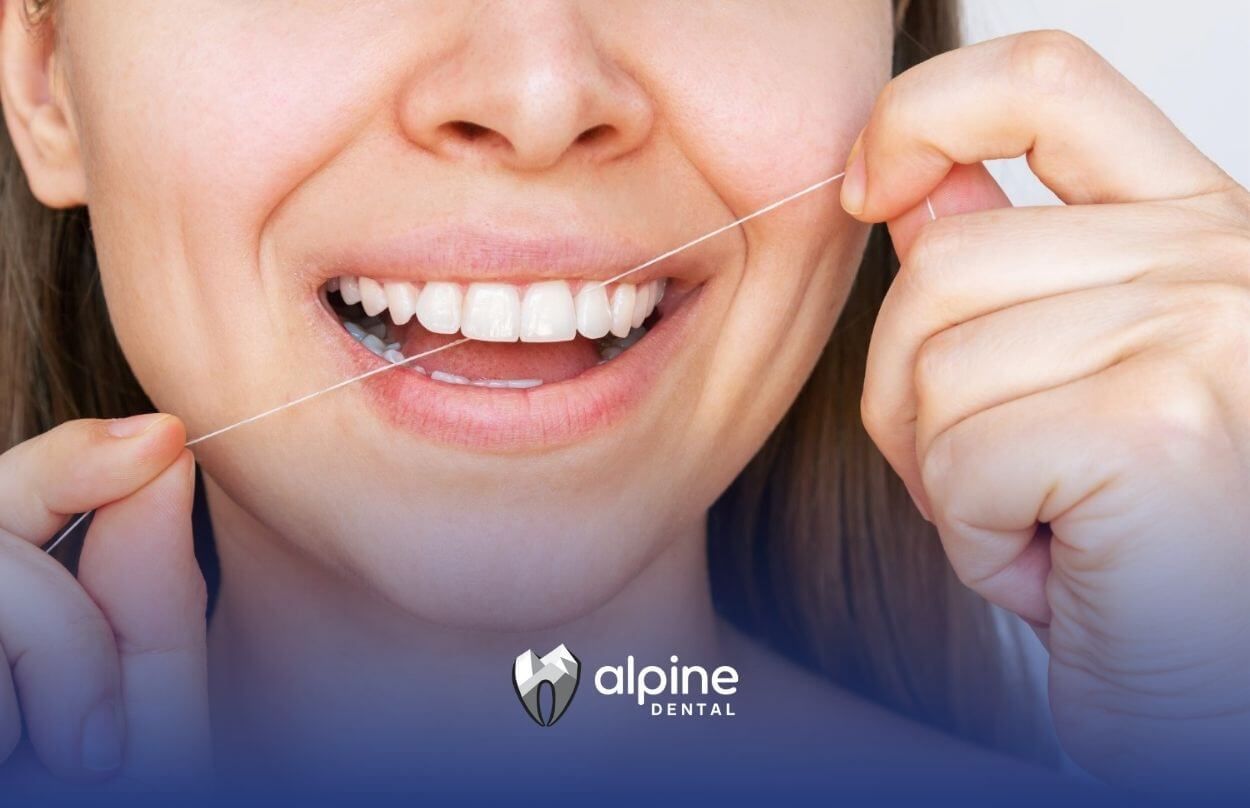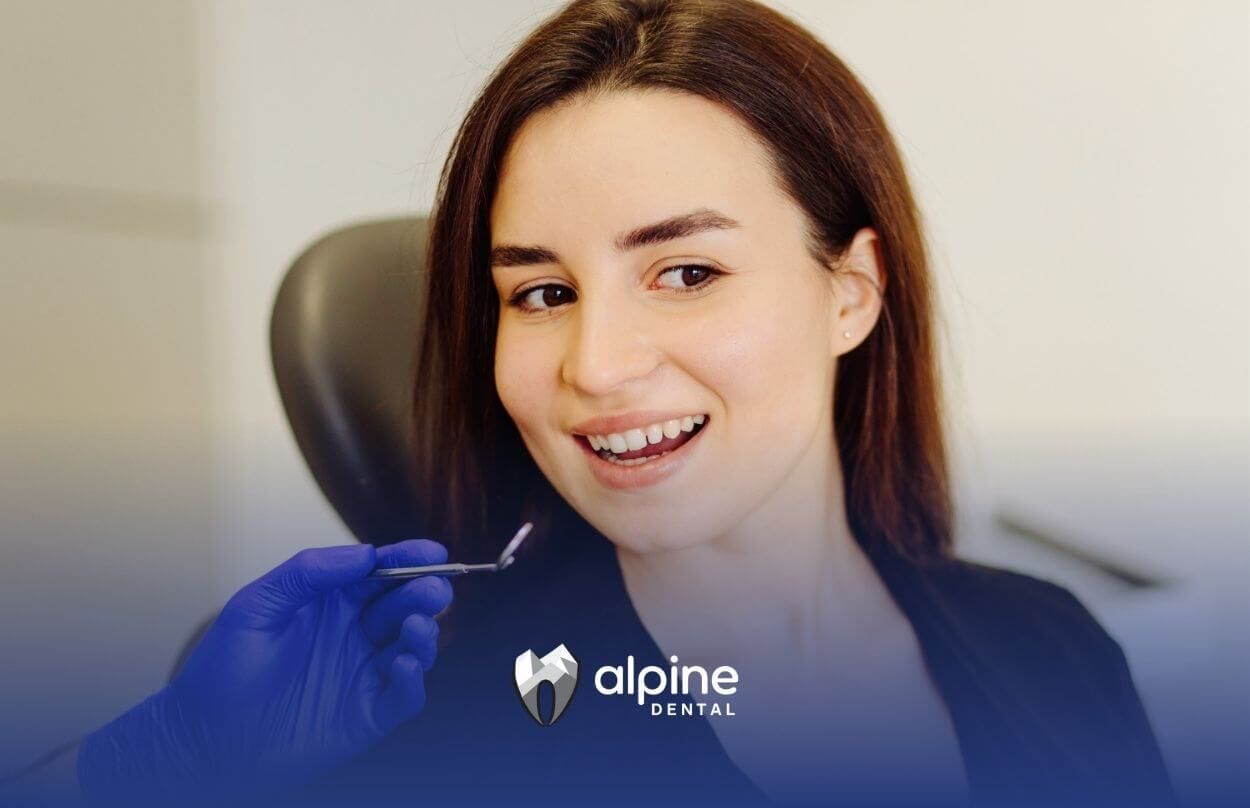How Are You Sedated for Dental Work? What to Expect
Dental sedation helps you stay calm and comfortable during procedures. So, how are you sedated for dental work? There are several common methods, each suited to different needs and procedures.
Common Types of Dental Sedation
- Nitrous Oxide (Laughing Gas): You breathe this through a mask over your nose. It works fast to relax you and wears off quickly, letting you drive yourself home afterward.
- Oral Sedation: You take a pill about an hour before your appointment. It makes you drowsy but still awake and able to respond. You’ll need someone to drive you home.
- Intravenous (IV) Sedation: Sedatives are delivered directly into your bloodstream through a vein. This provides deep relaxation or “twilight sleep,” often with little memory of the procedure.
- General Anesthesia: Used for complex cases, this puts you fully to sleep and is usually administered in a hospital or surgical center.
What to Expect
Your dentist will choose the sedation type based on your anxiety level, health, and the procedure’s complexity. During sedation, your vital signs are closely monitored for safety. Most patients report feeling calm, relaxed, and pain-free.
About 18% of adults in the U.S. have experienced dental sedation, with nitrous oxide being the most common method. Many patients at
Alpine Dental find sedation dentistry helps them get necessary care without fear or discomfort.
Ready for a Relaxed Dental Visit?
Understanding how are you sedated for dental work can ease your mind and prepare you for a comfortable experience. For personalized sedation options and expert care, call Alpine Dental today. Ask about our “Calm Comfort Consultation” to find the best sedation plan for your smile.
Sources:
- https://my.clevelandclinic.org/health/treatments/22275-sedation-dentistry
- https://www.webmd.com/oral-health/sedation-dentistry-can-you-really-relax-in-the-dentists-chair
- https://pmc.ncbi.nlm.nih.gov/articles/PMC2526218/
- https://www.ncbi.nlm.nih.gov/books/NBK592406/
- https://pubmed.ncbi.nlm.nih.gov/15859442/
- https://www.sciencedirect.com/science/article/pii/S1658361223001531




